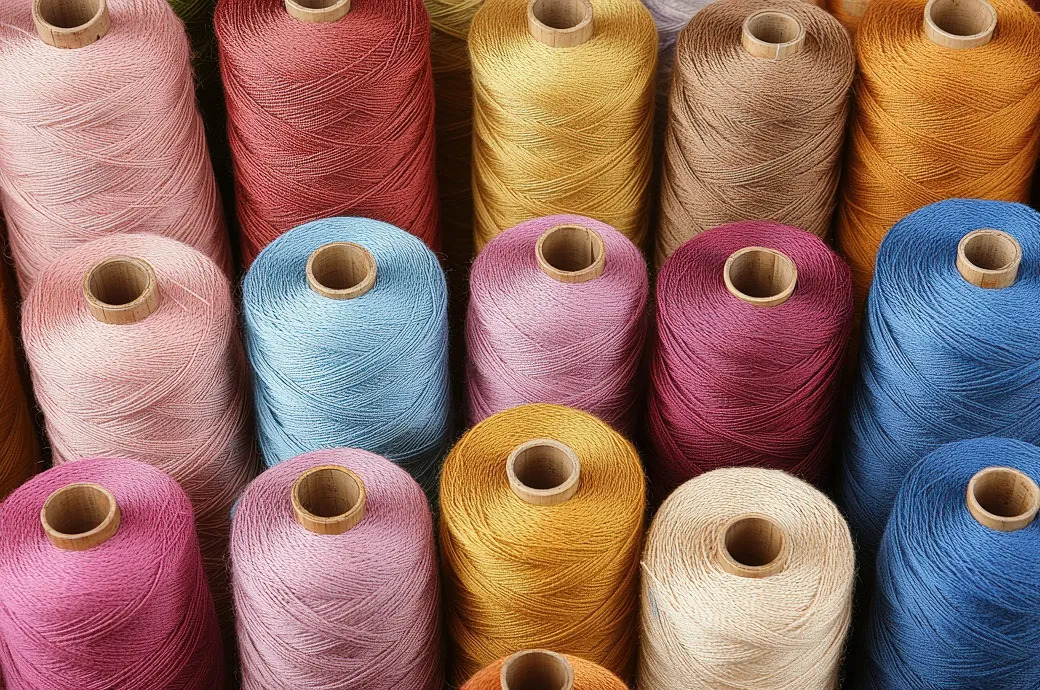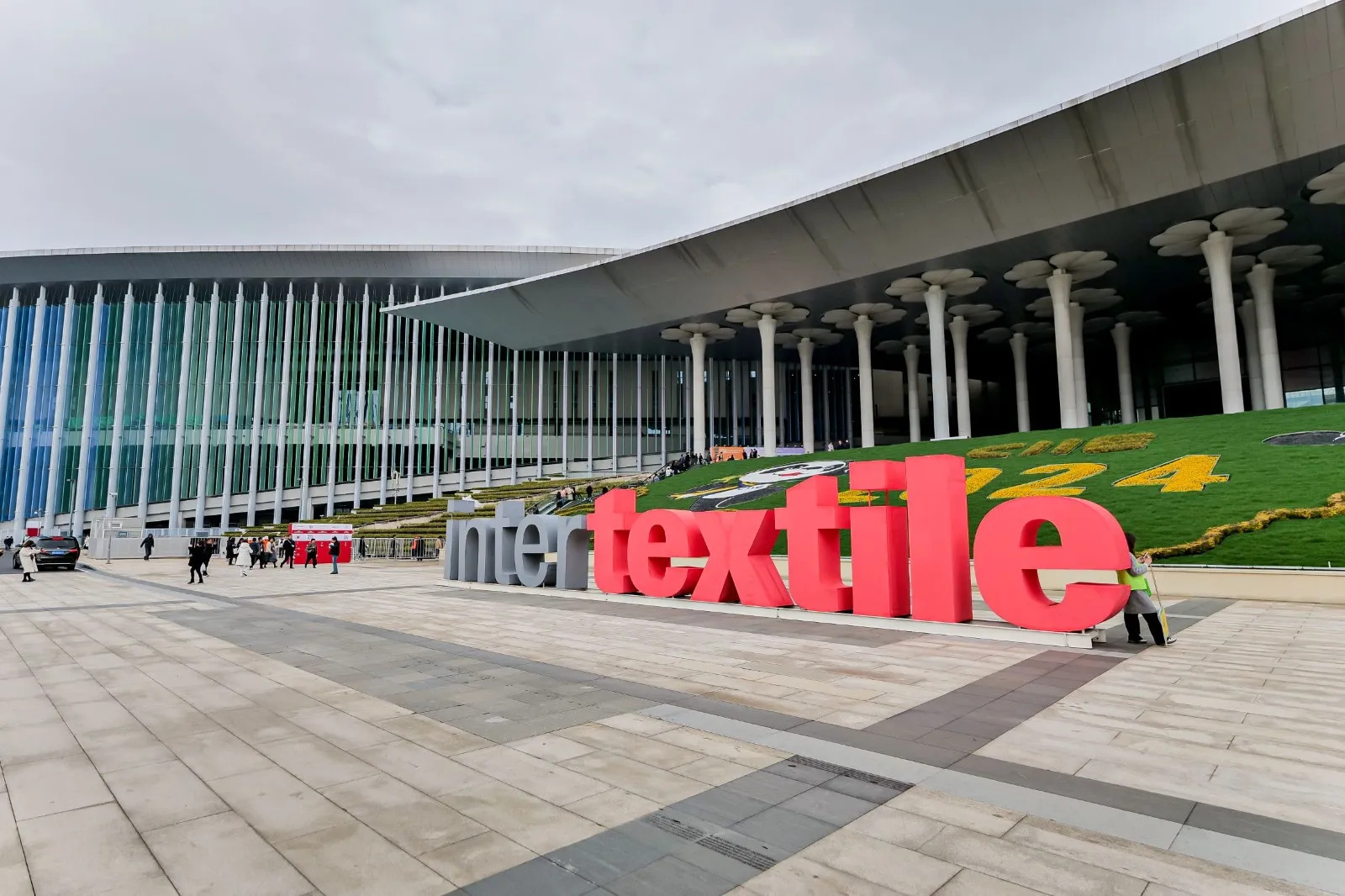
A new report from JM Financial highlights how India's textile and apparel industry is primed to capitalize on challenges faced by key competitors Bangladesh and Vietnam. Internal strife in Bangladesh and rising production costs in Vietnam are creating a window of opportunity for Indian exporters to seize greater market share in the global textile arena.
Bangladesh's unrest and Vietnam's rising costs Bangladesh, a major textile and apparel exporter, is grappling with political turmoil and labor unrest. These disruptions are causing uncertainty and impacting production, prompting international buyers to seek alternative sourcing destinations. Meanwhile, Vietnam, another significant player, is experiencing escalating labor and manufacturing costs, eroding its competitive edge.
Advantage India
The JM Financial report points to several factors that position India to benefit from this scenario
Free Trade Agreements (FTAs): India has strategically secured FTAs with key markets like the UK, enhancing access and competitiveness for Indian exporters.
Government support: Initiatives such as the Production Linked Incentive (PLI) scheme are boosting domestic manufacturing and export capabilities. Also, India offers a stable and predictable business environment, crucial for long-term planning and investment.
Large market size: India's vast domestic market provides a strong foundation for textile and apparel manufacturers.
Improved execution: Indian companies have demonstrated improved operational efficiency and product quality.
"China Plus One" strategy: The ongoing diversification of global supply chains away from China presents a significant opportunity for India.
Competitive labor costs: While labor costs are rising in Vietnam, India continues to offer a competitive advantage in terms of labor costs.
Table: India’s growing exports share
Market India's export share (2023) India's export share (2024) US 6% 7% UK 5% 6%
The report underscores India's growing prominence with compelling data. The table indicates India growing export share in the US and UK market. This upward trend contrasts with China's declining market share, particularly in the UK, where it has fallen from 27 per cent in 2020 to 19 per cent in 2024.
Indian companies are seizing the moment. For example, Gokaldas Exports a leading apparel manufacturer has reported a significant increase in outerwear production, reducing dependence on seasonal fluctuations and improving margins. Similarly, BRFL Textiles with a recent infusion of capital, is expanding its fabric processing capacity and aggressively targeting export markets. Indocount Industries another major textile player, too is witnessing a rise in demand for its yarn and fabrics from global brands seeking alternative suppliers.
The JM Financial report shows by capitalizing on the challenges faced by its regional competitors, India is well-positioned to capture a larger share of the global textile market. With a supportive government, competitive labor costs, and strategic free trade agreements, India's textile industry is poised for a period of sustained growth and success. The report also highlights the positive impact of declining yarn costs and easing logistics challenges on the profits of Indian textile companies. Moreover, the upcoming festival season and the end of the global inventory destocking cycle are expected to further boost demand for Indian textiles. While the US market has some challenges, India's market share in cotton sheet imports has shown impressive growth.












